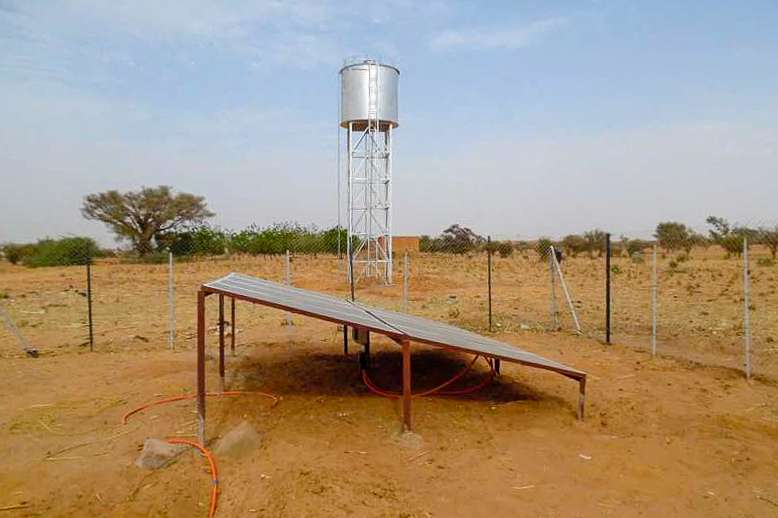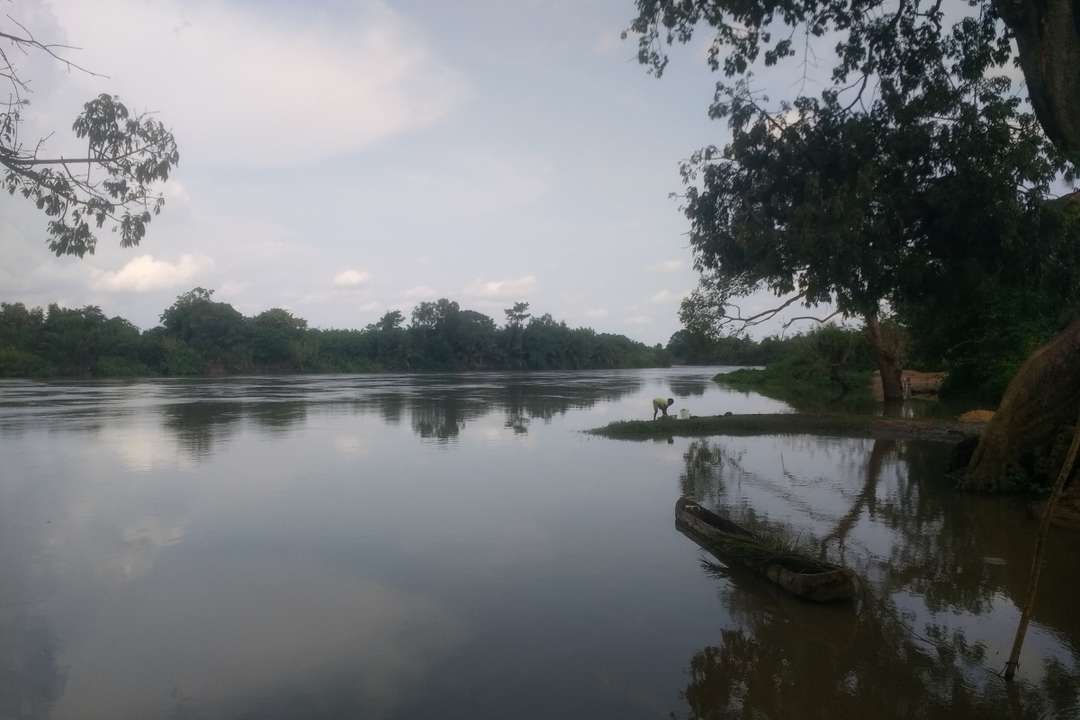January 2019
Second article published
Water resources planning in the Upper Niger River basin: Are there gaps between water demand and supply?
Abstract
The growing demand for food, water, and energy led Mali and Guinea to develop ambitious hydropower and irrigation plans, including the construction of a new dam and the extension of irrigation schemes. These two developments will take place upstream of sensible ecosystem hotspots while the feasibility of development plans in terms of water availability and sustainability is questionable. Where agricultural development in past decades focused mainly on intensifying dry-season crops cultivation, future plans include extension in both the dry and wet seasons.
Today’s irrigation demand corresponds to 7% of the average annual Niger discharge and could account to one third in 2045. An extension of irrigated agriculture is possible in the wet season, while extending dry-season cropping would be largely compromised with the one major existing Sélingué dam. An additional large Fomi or Moussako dam would not completely satisfy dry-season irrigation demands in the 2045 scenario but would reduce the estimated supply gap from 36% to 14%. However, discharge peaks may decrease by 40% reducing the inundated area in the Inner Niger Delta by 21%, while average annual discharge decreases by 30%. Sustainable development should therefore consider investments in water-saving irrigation and management practices to enhance the feasibility of the envisaged irrigation plans instead of completely relying on the construction of a flow regime altering dam.


